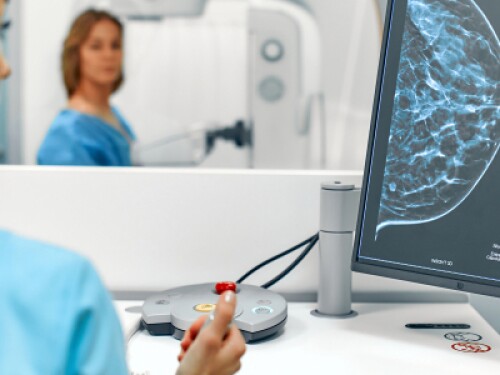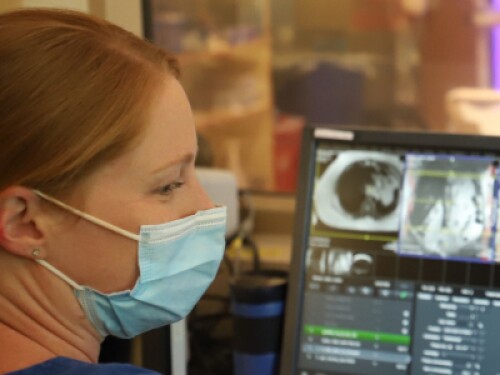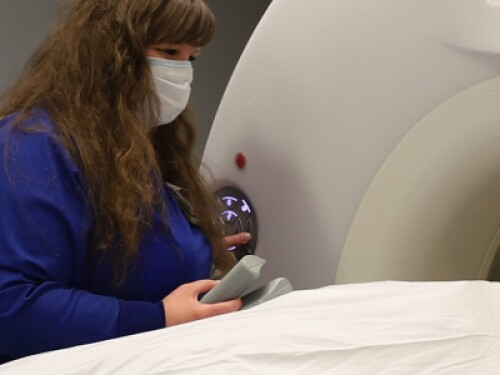Victimology
Explore insights on victimology through Kent State University’s blog, covering topics related to the scientific study of crime victims, focusing on their experiences, rights, and interactions with the justice system. Learn about victim advocacy, restorative justice, and victim assistance programs.
Related Blog Posts
On this episode of Kent State University’s College of Business Podcast, Breaking Down Business,hear from Amy Grincewicz, Ph.D., director of instructional designer for the College of Business Administration.
Drew Shipka works for the Office of Continuing and Distance Education and has helped improve online classes at Kent State University for over a decade. He leads a team of instructional designers whose primary responsibilities are developing fully online graduate programs. He earned master’s degrees in Philosophy from the University of Western Ontario, and Library and Information Science, and Information Architecture Knowledge Management from Kent State University.
A mammographer has a very important role in the lives of women, as mammography is the primary means of early detection of breast cancer.
Translation and interpretation are both needed to enable communication between cultures and across languages. In a world where communication is key, it is necessary to use the help of interpreters and translators to effectively communicate.

What is a Geographic Information Sciences Master’s Degree?
Even if you’re thinking about enrolling in a GIS program and pursuing a GIS master’s degree, you may not realize how prevalent Geographic Information Science (GIScience) is in our world. It is the science behind the devices that are woven into our daily lives. Geographical Information Systems (GIS) are everywhere, from the mapping applications on our phones to systems that monitor our health, manage communications networks, plan disaster response and study environmental sustainability.1
A visual arts education provides academic achievement, social and emotional development, civic engagement, and equitable opportunity. Art education also leads to increased self-confidence and self-understanding, enhanced communication skills, and improved cognition.1
Magnetic resonance imaging (MRI) uses a large magnet and radio waves to look at organs and structures inside someone’s body. Health care professionals use MRI scans to diagnose a variety of conditions, from torn ligaments to tumors.1
Radiologic technologists are trained in the use of different types of medical diagnostic equipment. They may choose to specialize, such as in x-ray, mammography, or computed tomography (CT) imaging.
U.S. News & World Report has named four Kent State University programs as U.S. News Best Online Programs for 2021.
The need for technology support and secure environments is strong.









